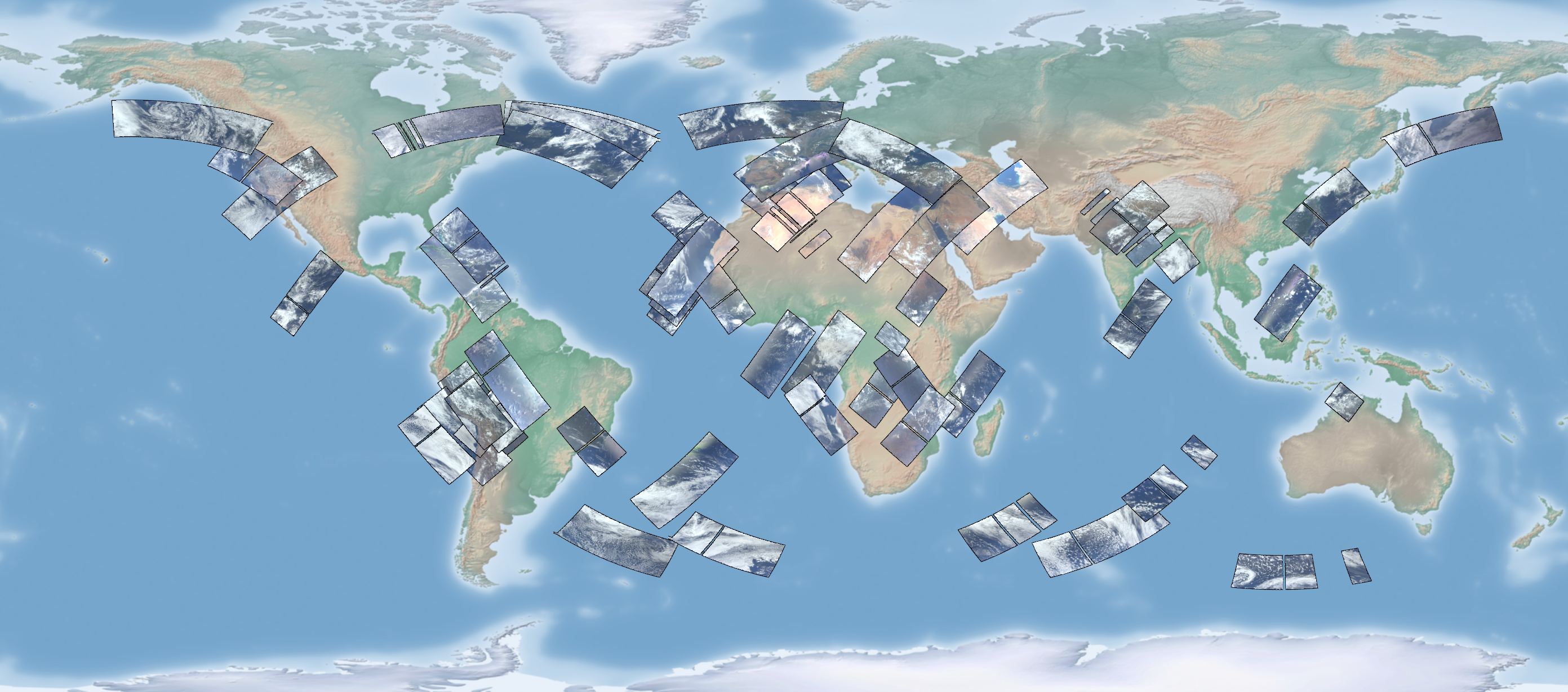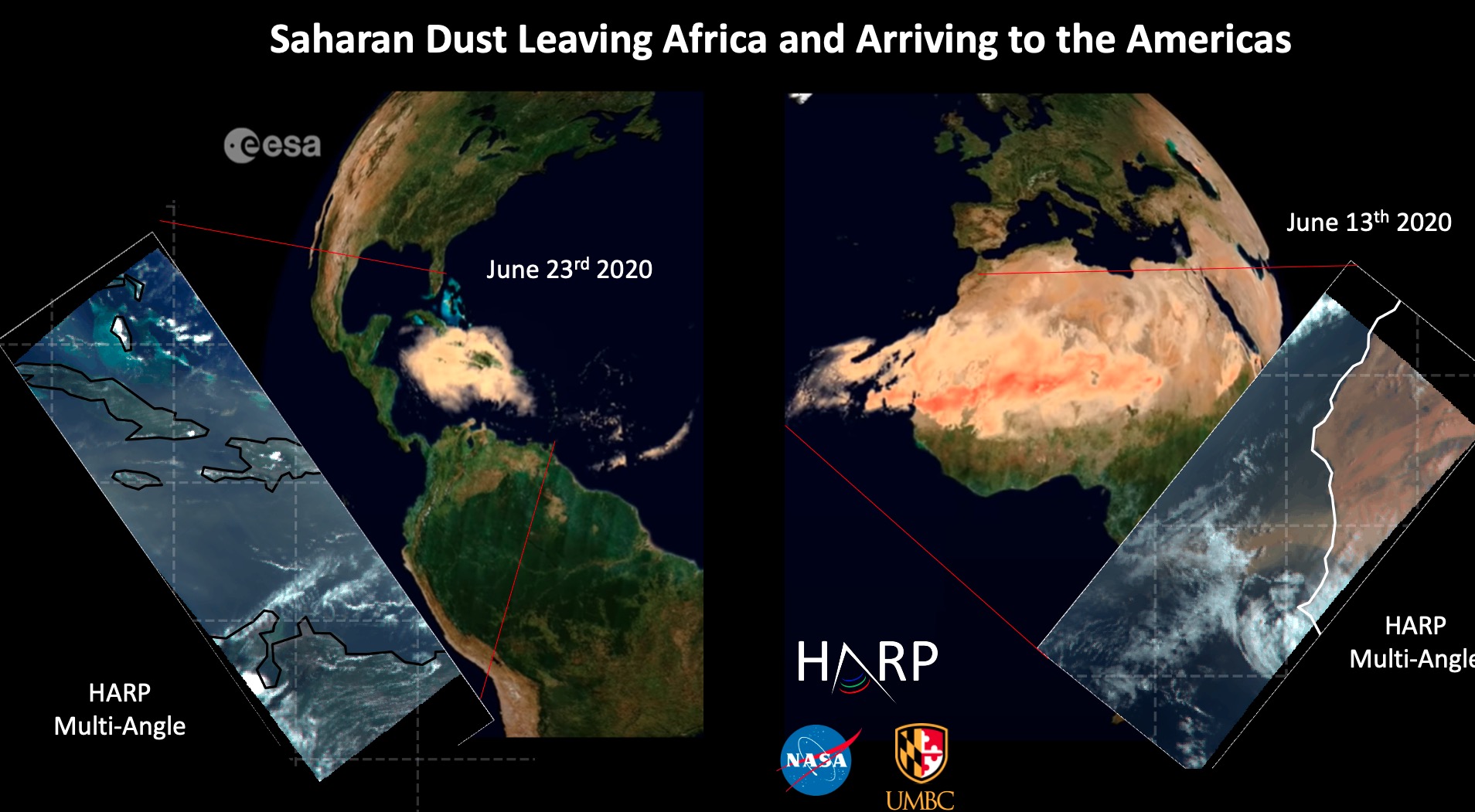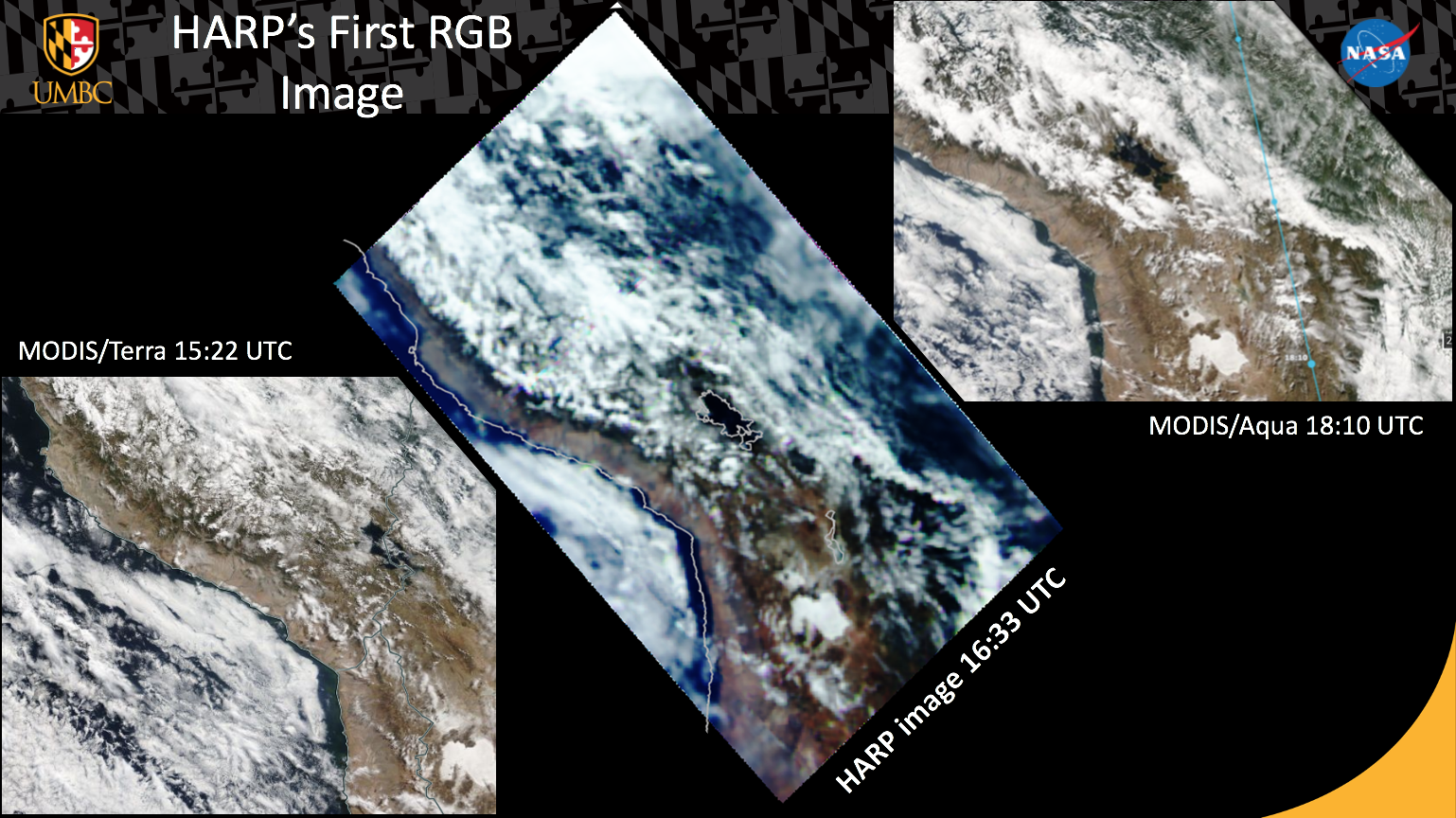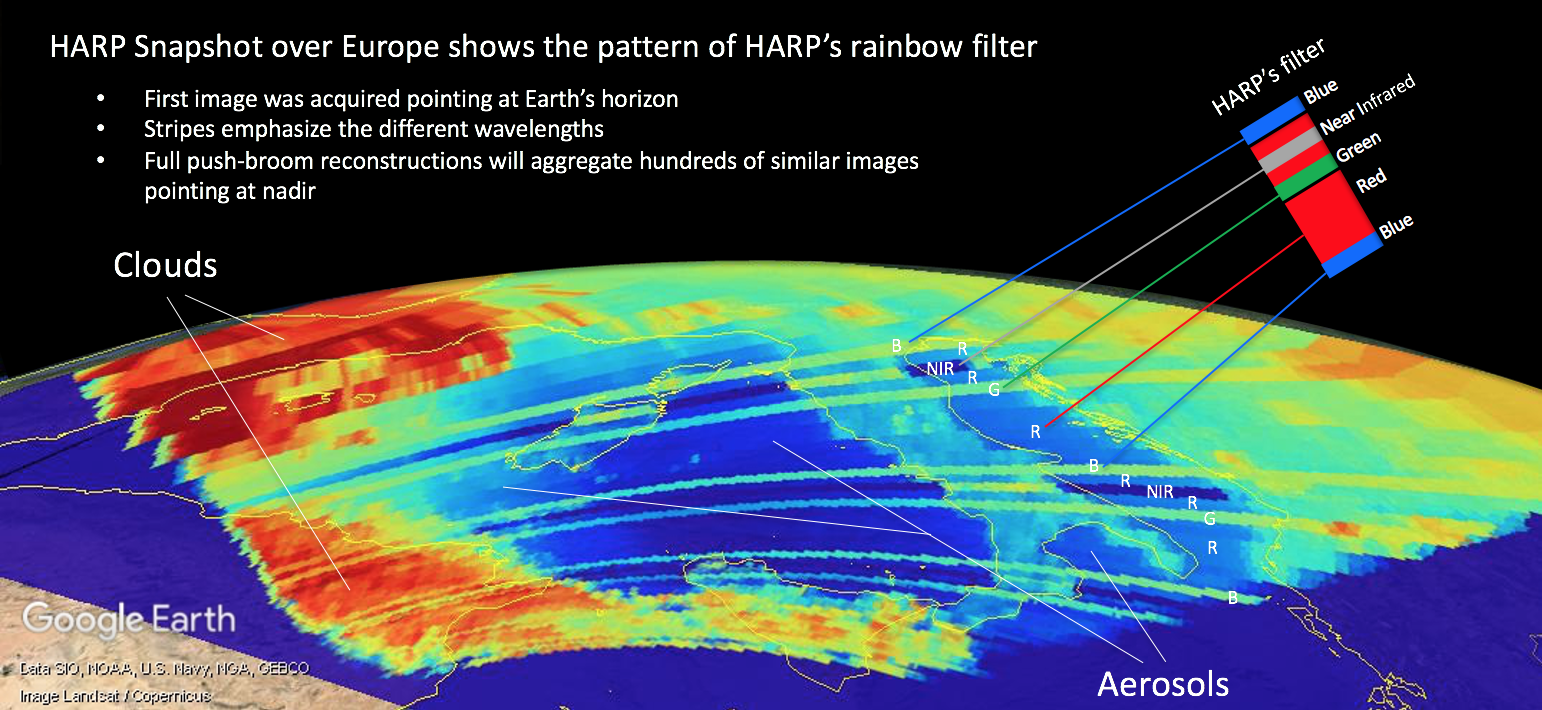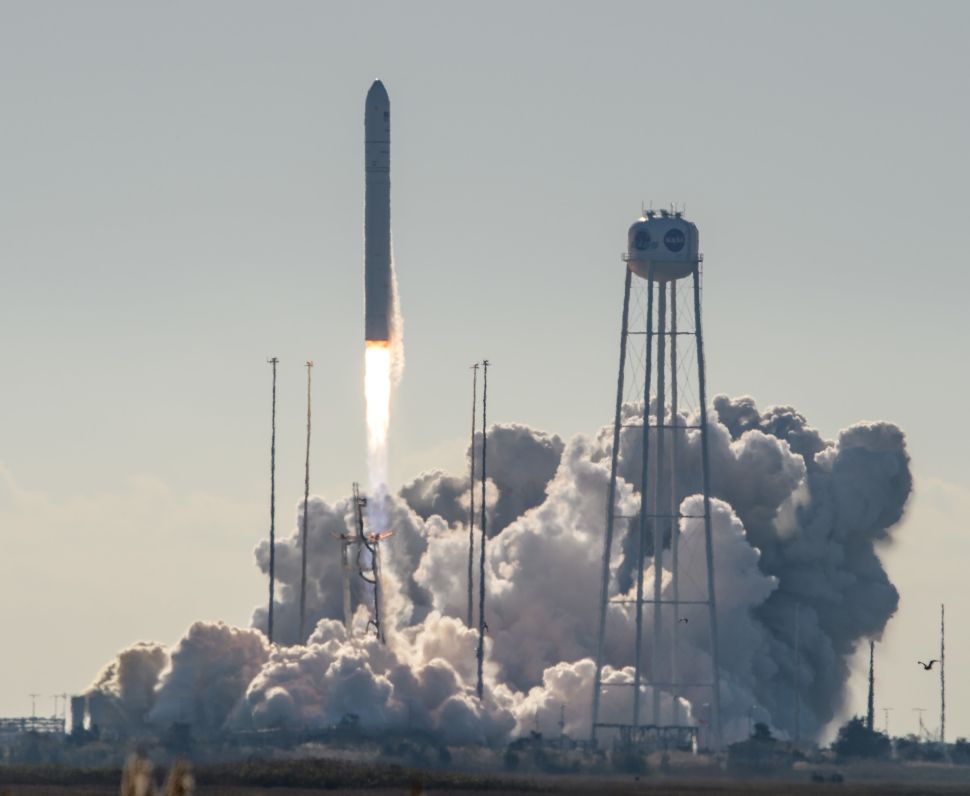HARP CubeSat’s global image catalog from 2020-2022
The HARP CubeSat instrument took over 60 targeted acquisitions all over the globe during its mission. These datasets include wide spanning cloud decks, sunglint on the open ocean, phytoplankton blooms, desert calibration sites, dust and smoke scenes, and urban areas. This data will be used to discover new science about our atmosphere and surface.
Image Credit Xiaoguang Xu/ESI
HARP CubeSat captures a massive dust plume moving from the Sahara Desert to the Caribbean Sea from June 13-23, 2020
On June 13, 2020, HARP CubeSat imaged a huge dust storm moving from the Sahara Desert across the Atlantic Ocean. The bright orange color of the dust contrasted nicely with the dark ocean water, making the plume visible from space (right). HARP CubeSat captured the hazy remnants of this plume over Cuba, Haiti, and Jamaica on June 23, 2023 (left). These datasets will help scientists understand how dust transport in the atmosphere, and how that process changes the dust particle size, shape, and other properties over time.
Image Credit ESI
HARP CubeSat first long data capture over South America on May 5, 2020
Image credit ESI on May 12, 2020
HARP CubeSat First Light from Space on April 16, 2020
Image credit ESI on April 20, 2020.
HARP CubeSat Launch from the International Space Station on February 19, 2020
Image credit NASA Earth/Twitter on February 27, 2020.
HARP CubeSat Launch on-board NG-12 from NASA Wallops Flight Facility to the ISS
Image credit Bill Ignalls/NASA on November 2, 2019.
HARP open-air communication test at NASA Goddard’s Wallops Flight Facility
The HARP CubeSat Satellite completed a successful open-air communication test at NASA Goddard Wallops Flight Facility (WFF) on August 30th 2018. After HARP’s launch, the WFF ground station will be used to send commands to the HARP spacecraft and downlink data.
HARP final calibration at NASA GSFC – August 2018
The HARP CubeSat Satellite was brought back to NASA GSFC for a final calibration before environmental testing and launch integration. The calibration included absolute radiometry, polarization and alignment measurements. Next, HARP CubeSat will be taken to the NASA Wallops Flight Facility for an open air communication test.



The puzzle – Taking HARP CubeSat apart and putting it back together
